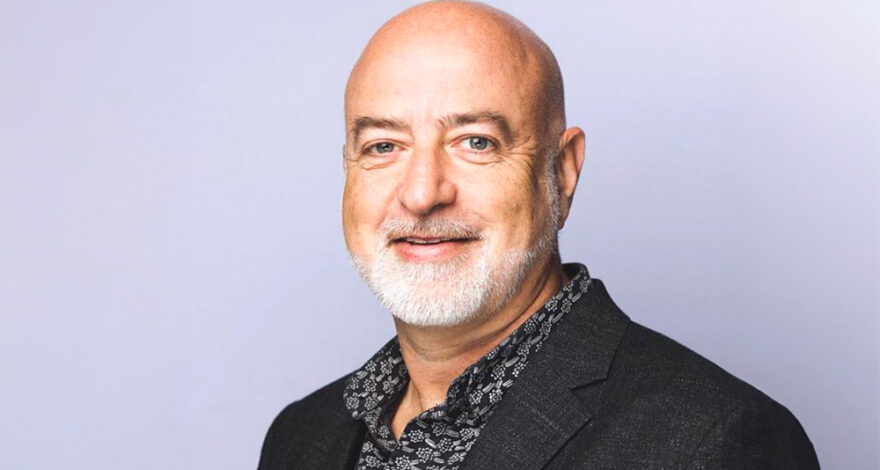When was FELCA founded and for what reason?
FELCA was founded in 1997. A group of representatives from the first national associations existing at the time, including ASEPROCE, gathered and were inspired by Scott Wade, organizer of the Alphe workshops and founder of Study Travel Magazine. They shared their experiences to establish FELCA, the World Federation.
The reason behind FELCA’s creation has to do with commonalities: agencies worldwide share the same experiences, face the same challenges, and interact with the same schools. Organized together as a group within FELCA, member agencies benefit from the exchange of experiences and from having a united voice, the exchange of experiences and the united voice of agencies are the most important benefits of being organized as a group.
How many agency associations are there?
Currently, there are around 20 national associations worldwide, 14 of which are FELCA members.
Since when have you been president?
I have been FELCA’s president since September 2019. The presidential term lasts four years. In September 2023, I began my second term, which will end in September 2027.
What is ASEPROCE’s contribution to the association?
ASEPROCE is, of course, one of the oldest agency associations and certainly one of the largest and best-organized. ASEPROCE plays an important role in FELCA.
Firstly, Spain provided a key president, Juan Manuel Elizalde, who led FELCA for several years and is now the federation’s treasurer and advisor. Secondly, ASEPROCE, due to its strength and organization, serves as an essential model and source of inspiration for all other national associations.
What are the main areas of action currently?
FELCA is signing a series of Memorandums of Understanding with all major school associations that are members of GAELA, the Global Alliance of Education and Language Associations.
The significance of these agreements is not so much about developing marketing actions—these are left to similar agreements by national associations—but about mutual recognition of the quality of FELCA agencies and schools within national associations.
Building on this reciprocal understanding of the high quality of our work, the idea is to develop a series of joint actions that can facilitate collaboration between schools and agencies.
There has recently been controversy over the growing number of accreditations for agencies. What is FELCA’s stance on this?
FELCA’s position on the increasing number of accreditations from various sources is twofold. We welcome all training programs offered by national school associations to ensure that our consultants—those working in FELCA agencies—always have up-to-date knowledge of what countries and schools offer.
However, these training programs are not intended to accredit FELCA agencies, as they are already accredited by their national associations and adhere to their codes of conduct, as well as FELCA’s.
FELCA’s stance is entirely different. When it comes to entities that claim the authority to accredit agencies that are already members of national associations—and, in turn, part of the World Federation—no external body has the same experience, market knowledge, or direct and ongoing contact with its members to accredit FELCA agencies.
ASEPROCE has its own accreditation based on the ASEPROCE Standard and is externally audited. Is there anything similar in other associations?
ASEPROCE, with its external audit process, is ahead of many other associations that still conduct internal audits. ASEPROCE’s ability to stay ahead is also due to its numerical strength, which allows it to implement well-structured measures.
Of course, all other associations have their own codes of conduct. For example, a very interesting and comprehensive ethical code is that of the Latin American associations—Brazil, Mexico, and Argentina—which ensures high quality and adherence to fundamental agency work standards.
Do you think schools and providers truly understand the added value that agencies bring to the academic experience, or do they just see us as sales points?
Schools recognize the value of agencies, especially high-quality ones, which play a crucial role in honestly and transparently advising students on the best school and most suitable course. I am convinced that schools fully acknowledge the value of professional agencies.
However, it is also clear that intense competition in the sector drives schools to use other sales channels as well.
As an Italian, what differences do you see between how we operate and how your country does?
Spain and Italy are very similar. Agencies operate in a very similar way, and our students have the same preferences—we see many Spaniards and Italians in Ireland, the UK, or Canada.
On the one hand, this is great, but on the other, having such similar Spanish- and Italian-speaking students together sometimes makes learning English more challenging.
That said, the friendship between Italy and Spain is strong, and our students’ interactions are certainly fruitful.
I must also say that Spain has led the way in some areas. I clearly remember how, decades ago, Spain was already openly and widely discussing academic years abroad, while in Italy, this type of market had not yet emerged.
How do you see the future of our industry with so many global uncertainties?
Despite the ups and downs, the future of our sector is certainly positive. Having been in this industry since 1989, I remember going through many crises—from the Yugoslav Wars to the mad cow disease outbreak and, more recently, COVID-19.
Most agencies and schools have always survived and come back even stronger.
Regarding today’s global uncertainty, I believe our work can contribute, in a small but meaningful way, to mutual understanding between different nationalities.
By sending students abroad to learn a new language, culture, and way of life, we place our own small brick in the foundation of world peace.



